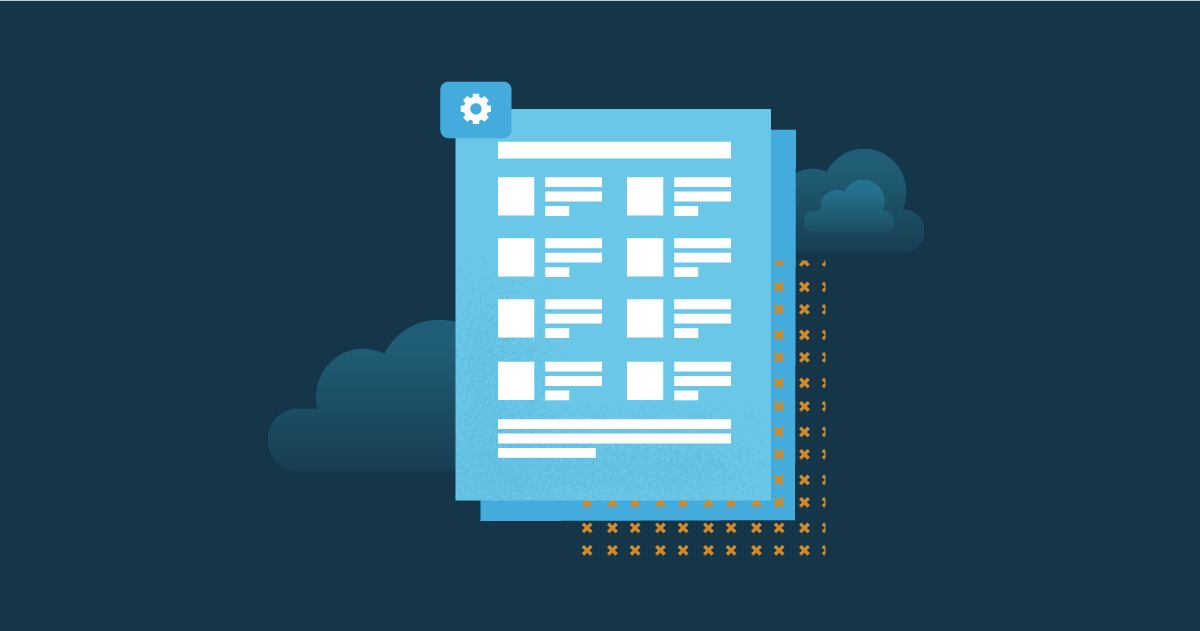The SD-WAN market is poised for substantial revenue growth in the 2020s — the market is predicted to reach $2.2 billion in SD-WAN platform and tools revenue by 2020, $2.75 billion in 2021 and $2.5 billion by 2022, according to a recent report by Futuriom. In light of this expected upturn in revenue, Light Reading’s Phil Harvey and Kelsey Ziser spoke with Nokia’s Nuage Networks’ CEO Sunil Khandekar about where the market might be headed in 2020, as well as the potential impact of standards on the SD-WAN market. Khandekar will join fellow MEF members this week at MEF19, the Metro Ethernet Forum’s annual event which features an agenda heavily focused on SD-WAN.
Last year, MEF announced initial progress on standards for SD-WAN at MEF18, and in August this year published its standard — SD-WAN Service Attributes and Services (MEF 70) — which included contributions from service providers and vendors including Nokia’s Nuage Networks, Fujitsu Network Communications, Amdocs, Ceragon, Cisco, Colt, Futurewei, Silver Peak, TDS Telecom, Verizon and other MEF member companies.
“It’s critically important that the service definition of SD-WAN meets the objective of networking automation and adheres to the SDN framework, which is abstraction of network capabilities to allow for zero-touch provisioning on uniform, off-the-shelf x86 branch devices versus proprietary branch devices,” says Khandekar in the podcast. “Done right, these things can deliver the network automation and agility that enterprises care about.”
With at least 30 SD-WAN vendors still in the game, the MEF 70 SD-WAN standard could provide clarity on defining the service attributes of SD-WAN and rules on traffic management. In turn, defining the features of SD-WAN could support market adoption by assisting service providers and enterprises in determining what is, and isn’t, a full-fledged SD-WAN service that meets their security, application performance and traffic management needs.
“Standards, in this context, help enterprises have a better understanding of what they’re buying and how to evaluate solutions in an easier way,” says Khandekar. “It helps service providers build and integrate the back office systems … standards are one way for enterprises to facilitate the ability to differentiate and match up what their objectives are.”
Related posts:
- Are MEF’s SD-WAN Specs Enough?
- MEF Seeks to End SD-WAN Confusion
- Will Standards Lessen SD-WAN’s Growing Pains?
— Kelsey Kusterer Ziser, Senior Editor, Light Reading
Like what we have to say? Click here to sign up to our daily newsletter




